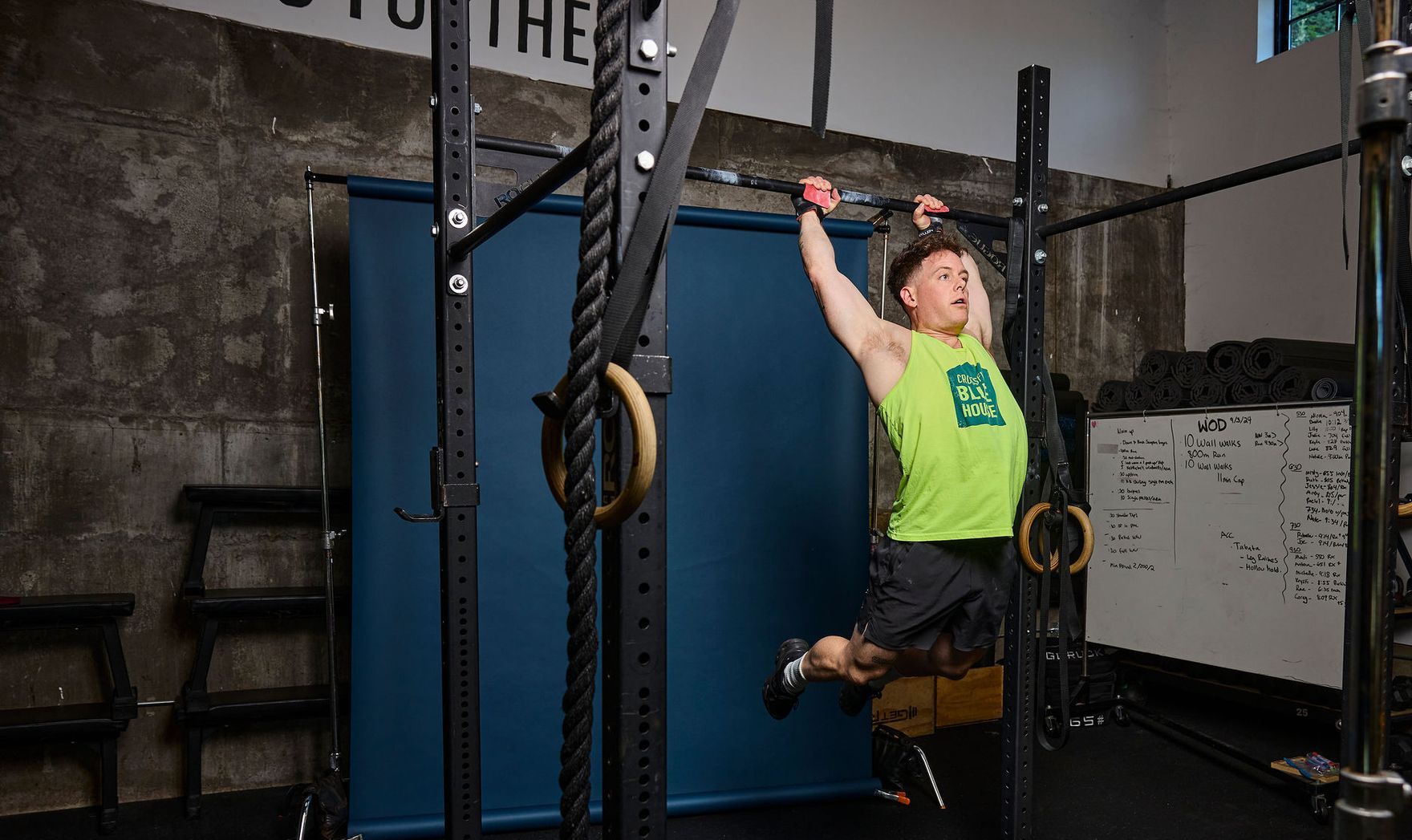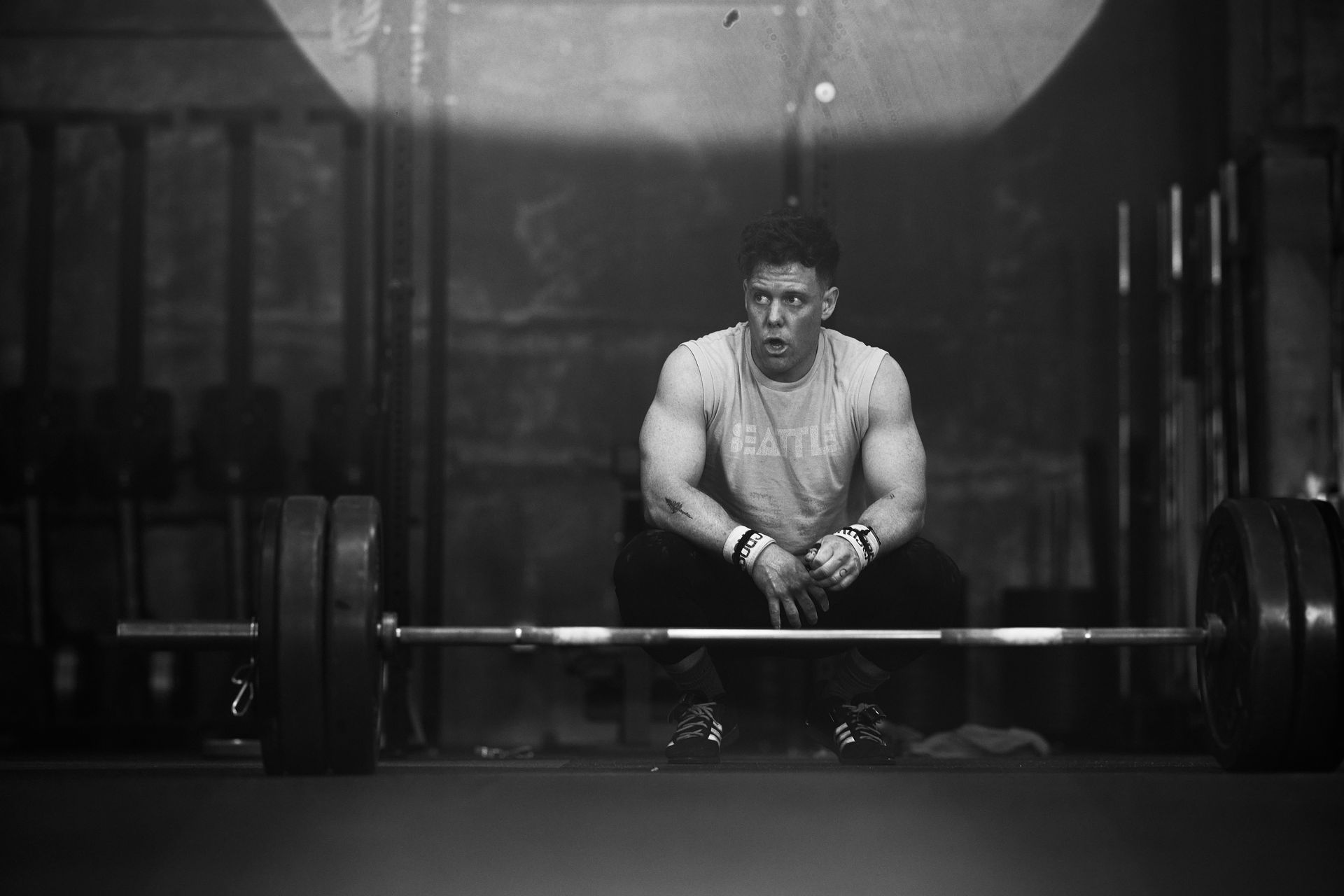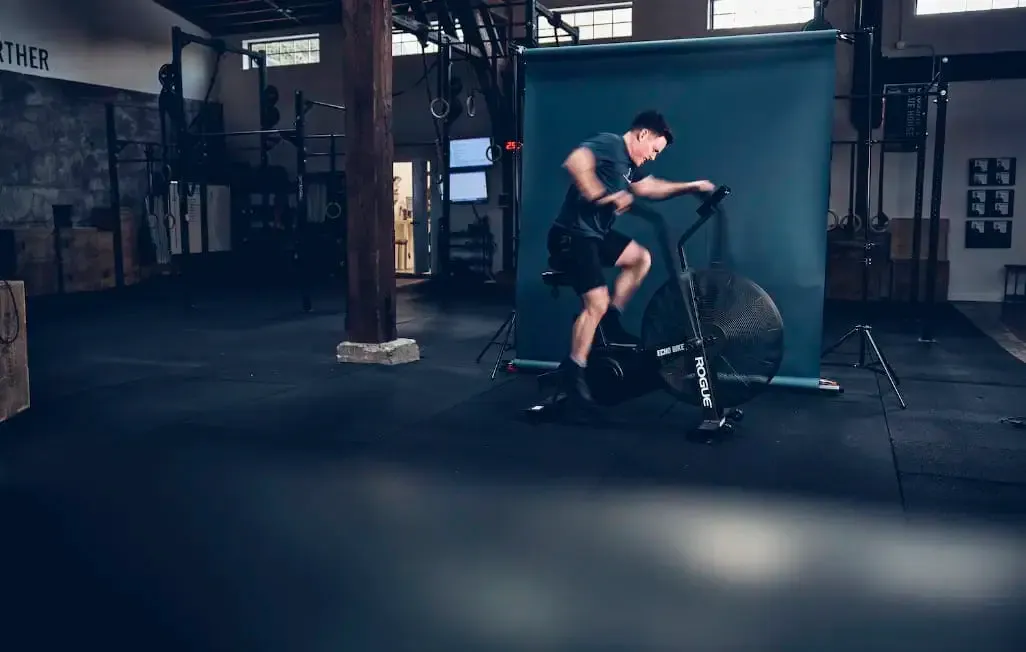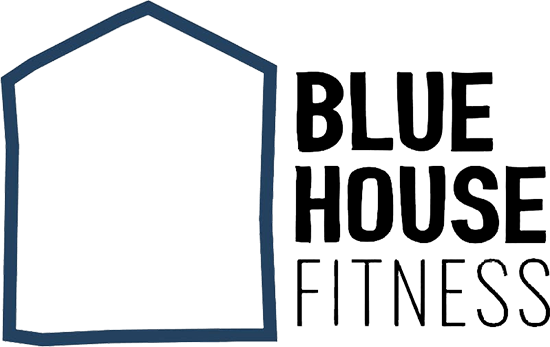Weekly Food for Thought
Anton Fero • October 26, 2023
My Health & Wellness are Non Negotiable
We’re excited to share the second video from the Blue House Summit. Coach Marina shares her story about fighting against “hustle culture,” prioritizing mental and physical health, and creating space for things that bring joy.
More Recent Posts

How to Get Better at Gymnastics for CrossFit: The 5-Step Framework By Anton Fero, CrossFit Level 3 Coach | Blue House Fitness Most CrossFit athletes want to improve their gymnastics—whether that means getting your first muscle-up, stringing together handstand push-ups, or simply surviving workouts like Fran and Diane. But too often, athletes jump into high-skill movements during workouts without a clear plan for how to actually build capacity. If you’re frustrated that your gymnastics skills haven’t improved, you’re probably skipping steps. There’s a better way. Let’s break down the five essential steps to getting better at gymnastics in CrossFit—built from years of coaching and athlete development at Blue House Fitness. Step 1: Strength First Before anything else, you need to ask yourself: Are you strong enough to do the movement? No amount of skill drills or technique work will get you a pull-up if you don’t have the raw pulling strength. You can’t finesse your way into a handstand push-up or bar muscle-up without the baseline strength to support your body. At Blue House, we use gymnastic strength training to build this foundation. That includes things like: Ring rows Push-ups Tempo work Controlled progressions "Don’t trip on 5x5 of ring rows. They’re gold." If you’re still in this phase, own it. This is where the real work starts. Step 2: Efficiency Over Technique Once you’re strong enough, the next step is to become more efficient. Efficiency means doing the same work with less energy—not necessarily prettier, just smarter. Let’s say you’ve got your first bar muscle-up, but it’s a messy “chicken wing.” That tells us you’ve got the strength, but not yet the control or rhythm. Now it’s time to refine. Coaches often use the word "technique," but what we really mean is movement economy. Can you do this movement repeatedly without wasting energy? Step 3: Build Your Volume Tolerance Every movement has a volume threshold that shows up in workouts: Bar muscle-ups: ~50 Strict HSPUs: ~50 Toes-to-bar or chest-to-bar: 100–120 Double-unders: ~500 Can you hit those numbers? If not, start with volume accumulation work using EMOMs or EOMOMs: “1 bar muscle-up every minute for 10 minutes. Then 2. Then 3. Work up to 50.” This phase is about getting your reps in—without interference—so you build stamina without form breakdown. Step 4: Increase Your Density Now that you can handle the volume, it’s time to compress it. Density refers to how many reps you can do per set or round. Example progressions: 5 sets of 10 unbroken reps 3 sets of 15 unbroken reps This phase eliminates rest between reps. It preps you for real workouts, where movements don’t come spaced out nicely every minute. You're building capacity under fatigue—without adding other variables yet. Step 5: Add Intensity (Interference) Now you’re strong. You’re efficient. You have volume and density. Time to layer in CrossFit intensity—that means interference from movements like: Thrusters GHD sit-ups Rowing or Assault bike Burpees or wall balls A sample workout: Minute 1: 15-cal bike Minute 2: 5 bar muscle-ups Repeat for 12 minutes This simulates the reality of Metcons—when your grip is fried, your heart rate is spiked, and you still need to perform. This is where most people want to start—but it's the final step for a reason. “Most athletes are doing Step 5, but skipping Steps 1 through 4—and that’s why they’re stuck.” What This Looks Like in Practice One of our athletes reflects on her own journey: “Before I joined Blue House, I wasn’t doing push-ups or ring rows. I couldn’t do a muscle-up. Now I can do multiple bar muscle-ups, and we’re working on ring muscle-ups next. All the EOMs and strength training really worked.” Once you’ve built the volume, then we can add complexity—like combinations that challenge your personal weaknesses (e.g., GHDs into bar muscle-ups, which might fatigue your core and ruin your kip). This isn’t just about gymnastics—it’s about becoming a better athlete overall. Final Thoughts: The Blueprint for Progress If you’re not improving your gymnastics, you’re likely skipping a phase (or three). Here’s the path: Strength — Can you move your body under control? Efficiency — Can you do it with less effort? Volume — Can you do enough reps to match a typical test? Density — Can you handle large unbroken sets? Intensity — Can you perform under fatigue and interference? “It’s not about trying harder. It’s about training smarter.” Once you build this foundation, you'll enter workouts and think, "Holy crap… this feels easy." And that’s exactly where we want you. Need Help With Your Gymnastics Training? Send us a message—we’d love to coach you through it. Blue House Fitness Train with purpose. Progress with intention.

Remember Rocky Balboa? The legendary underdog who kept rising? Believe it or not, even Rocky was afraid. That’s the message in the latest motivational YouTube video from Blue House Fitness: courage isn’t about not feeling fear, it’s about what you do with it. In the video, Anton kicks it off with exactly that: fear doesn’t vanish when you step up, it shows up. You see heroes like Rocky, but what you don’t see is the doubt. That tension between wanting to quit and knowing you can’t, that’s the real battleground. Here's the truth...the real strength is deciding to move forward while afraid. It's not about false bravado or being fearless. It's about deciding that something bigger than fear, purpose, legacy, duty, drives your steps. As Rocky would say, it ain’t about how hard you hit, it’s how hard you can get hit and keep moving. Successful people don’t wait until the fear disappears, they act anyway. Normalize fear: It’s not a problem...it’s a feature. Choose commitment daily: Big ideas survive because someone chose to take the next step when it mattered. Leverage the fear: Channel it into urgency and clarity, not anxiety. Form the muscle: Courage compounds. The more you choose in despite of fear, the more natural it gets. At Blue House, we talk about this stuff. BH is much more than a gym, its place to become your best self. This isn’t motivational fluff; it's real strategy. We’re not here to avoid fear, we’re here to lead through it. Every rep, client conversation, system launch, when fear shows up, we choose anyway. So next time you feel the knot in your stomach, remember: even champions like Rocky felt it too. But champions commit. Let that fear remind you: you’re close to growth. Now choose: will you step back, or step up? Join the conversation: Subscribe on YouTube to stay locked into weekly mindset and movement strategies. Take action: If a particular moment hit home, screenshot a quote and tag us. Partner with us: Thinking bigger than fear? Let's build it, reach out for a consultation. YOUTUBE VIDEO https://www.youtube.com/watch?v=Vuu2Q1m4nbs&t=81s

Why don’t we see more Strength AND Metcon days? Depending on how long you have been doing CrossFit, or where you have trained before Blue House- you might be wondering why so many metcons, and why don’t we see more strength AND metcon days? It is in fact very common for affiliates to cram classes with a strength piece and a metcon piece in one short hour. Typically, this is not done because it is effective or a favorable form of training, it is done because that is what the people want…and we get it! Lifting weights is fun, and lifting before a metcon gives the feeling that you got a really good workout in. We love to do it from time to time- but not everyday, or even multiple times a week. So why don’t we program more strength and metcon days? We’d love to share: Theoretical Development of an Athlete aka The Pyramid We’re bringing it back to the pyramid. Take a look below and notice where conditioning lies and where weightlifting lies. Conditioning is close to the base- lifting is almost at the peak. Does that mean lifting isn’t important? Not at all. However, it does show us where our priority and focus should lie. Metabolic Conditioning is the base because it has the greatest crossover and impact on our health and our fitness. It is the form of training that moves us along the “Sickness-Wellness-Fitness” continuum, and the form that has the most positive impact on our health biomarkers. It is also the form of training that gives us the greatest adaptation in our General Physical Preparedness (GPP). As Coach Glassman stated in the “ What is Fitness ” Article, “We don’t deliberately order these components but nature will. If you have a deficiency at any level of ‘the pyramid’ the components above will suffer.” More volume is not always better For the general population, the CrossFit prescription is to train once a day, 5-6 times per week. Our goal with CrossFit is to improve work capacity across broad time and modal domains with a single daily dose of constantly varied functional movements executed at high intensity. When we begin the slippery slope of adding in strength pieces before metcons every day, we are chipping away at the most important piece of our training, INTENSITY. Therefore, we need to be selective about when/where we program strength and metcon days- and on those days, understand the priority is exactly that, to create an adaptation in that specific form of training. However, we recognize that this form of training is not ideal for maximizing intensity and therefore, does not fit within the CrossFit prescription on a daily basis. We want to do what we do best, Coach! We are constantly-varied believers and that means training all the things. As shared in Fitness in 100 words we “Practice and train major lifts: deadlift, clean, squat, presses, C&J, and snatch. Similarly, master the basics of gymnastics: pull-ups, dips, rope climb, push-ups, sit-ups, presses to handstand, pirouettes, flips, splits, and holds. Bike, run, swim, row, etc., hard and fast. Five or six days per week, mix these elements in as many combinations and patterns as creativity will allow. Routine is the enemy. Keep workouts short and intense. Regularly learn and play new sports.“As Coaches, we are laser focused on improving form, technique and mechanics. When we cram class, we lose the ability to do our most important work- to coach! We believe that the community will be better served improving one small aspect of their training every day, instead of overworking athletes and losing focus on the task at hand. Because we have more time to teach and practice drills, you have the ability to hone in on those skills and master the basics. We love working with clients who take every moment of class, from the warm-up, to the cool-down, as an opportunity to learn and improve their movement and mechanics. This will serve you in the long run and create an increase in your strength and performance. To wrap things up, we do want to reiterate that we firmly believe strength training is an extremely important part of our programming That is why we strength train on an almost daily basis. It just looks a little different than hitting a 5×5 snatch before the WOD. Do we enjoy doing that from time to time? Hell yes! Just not every day


